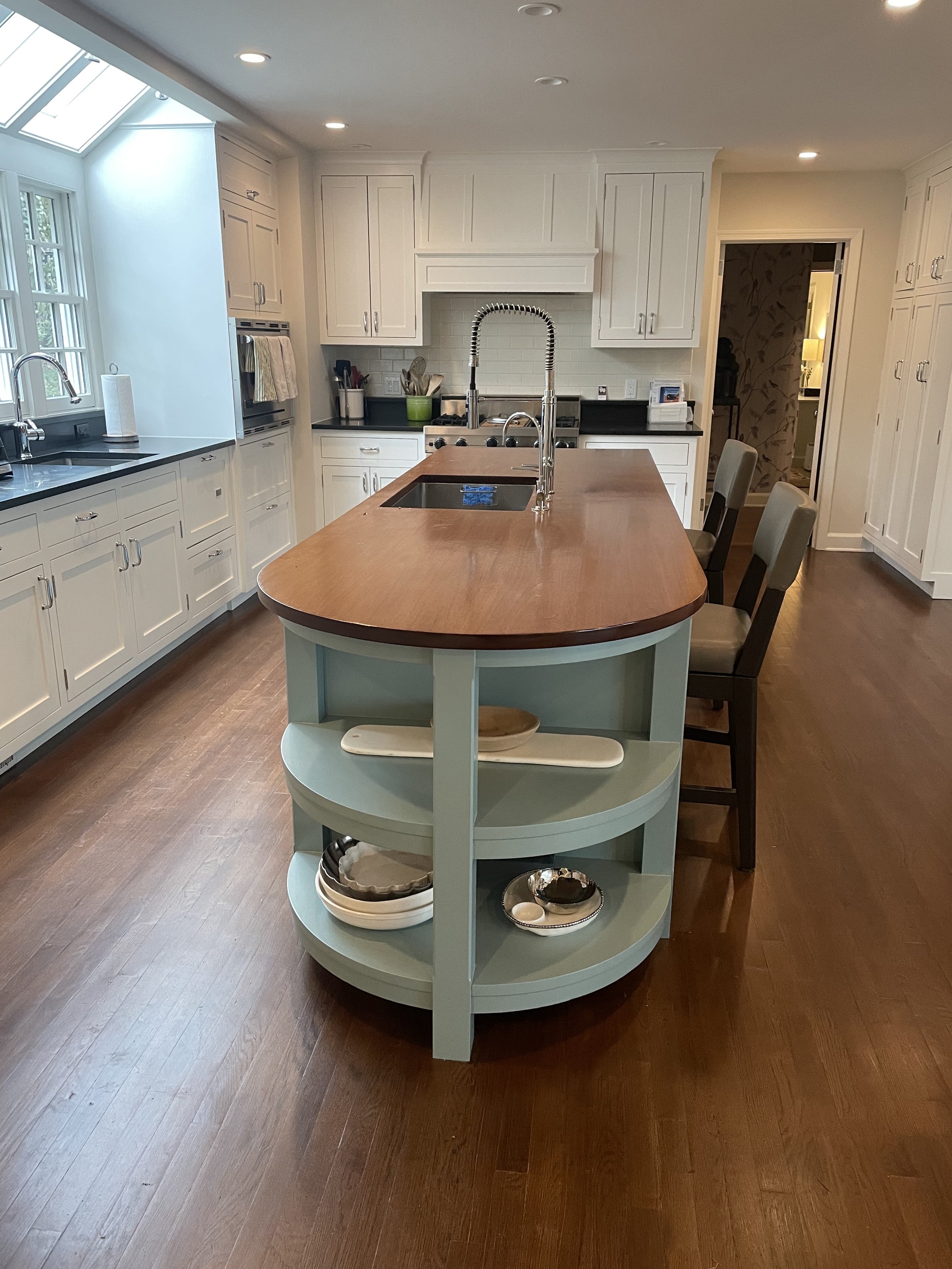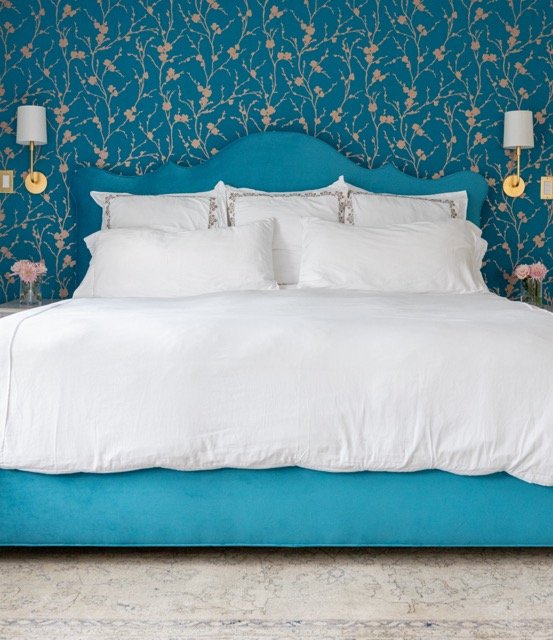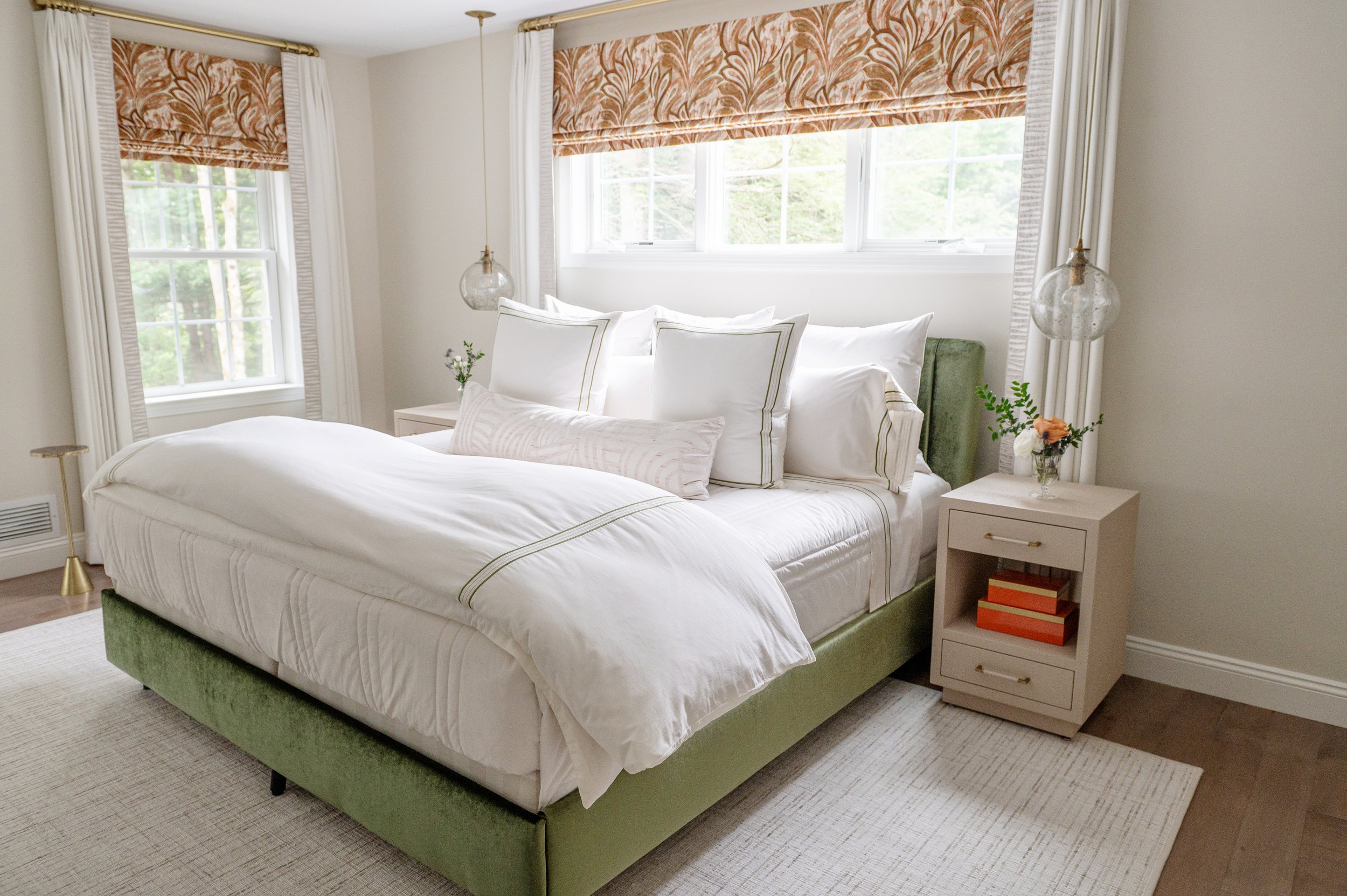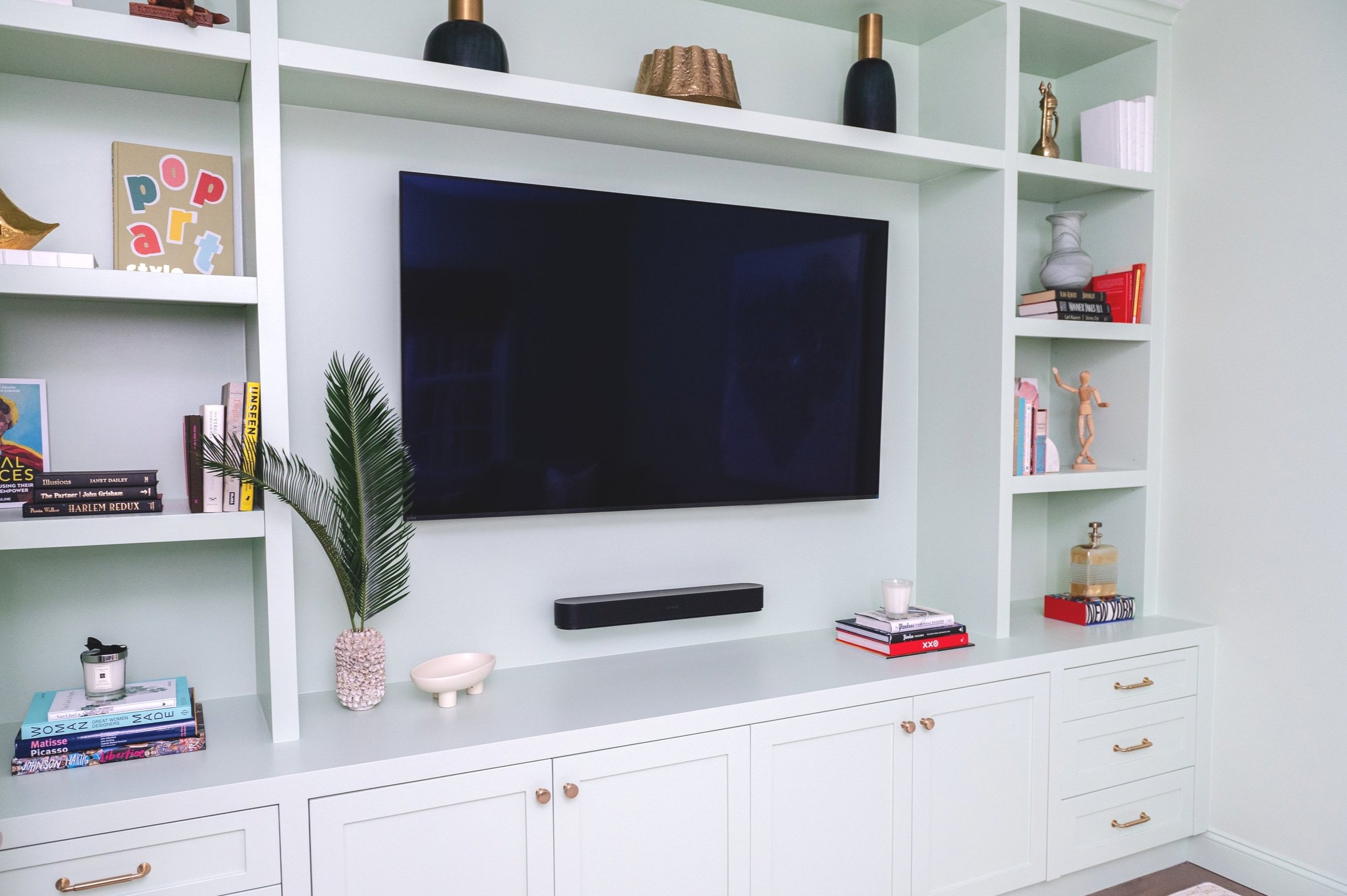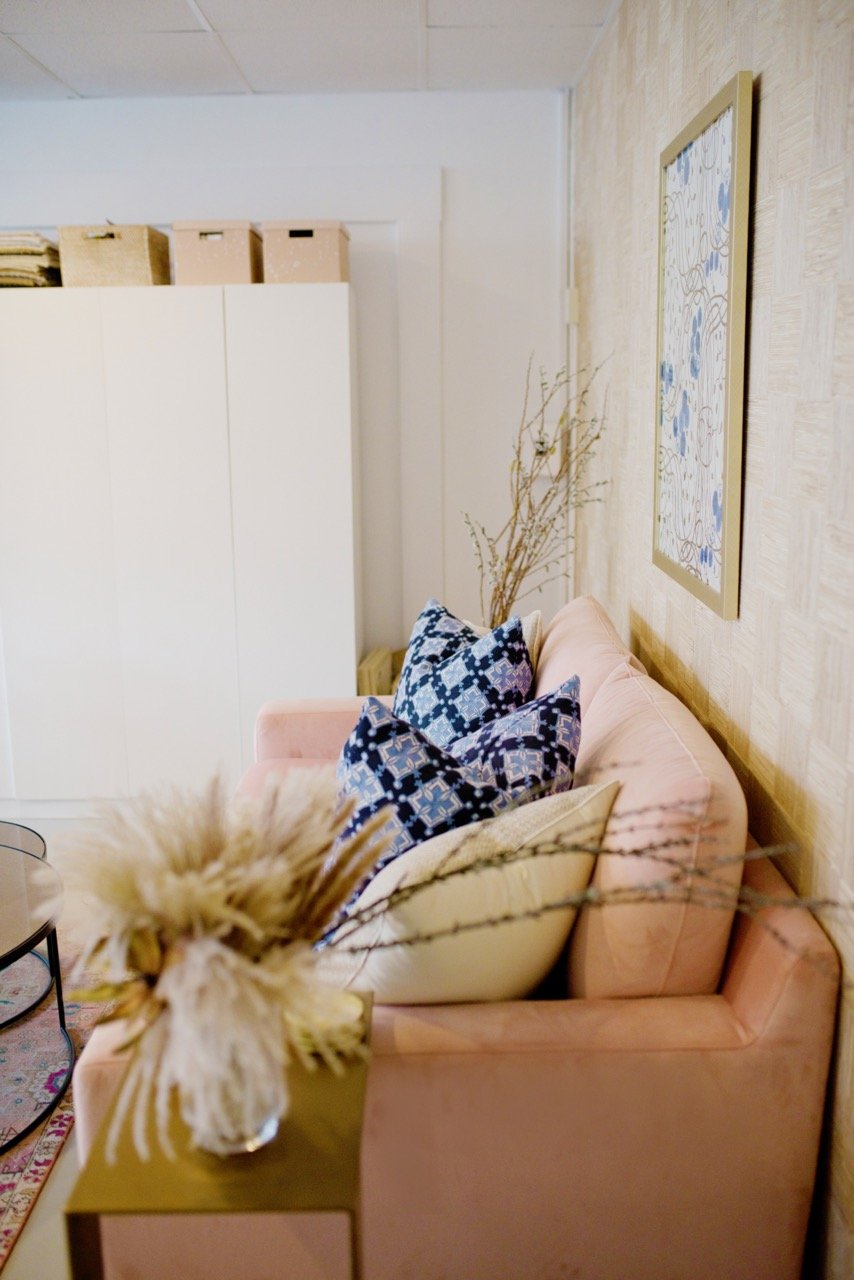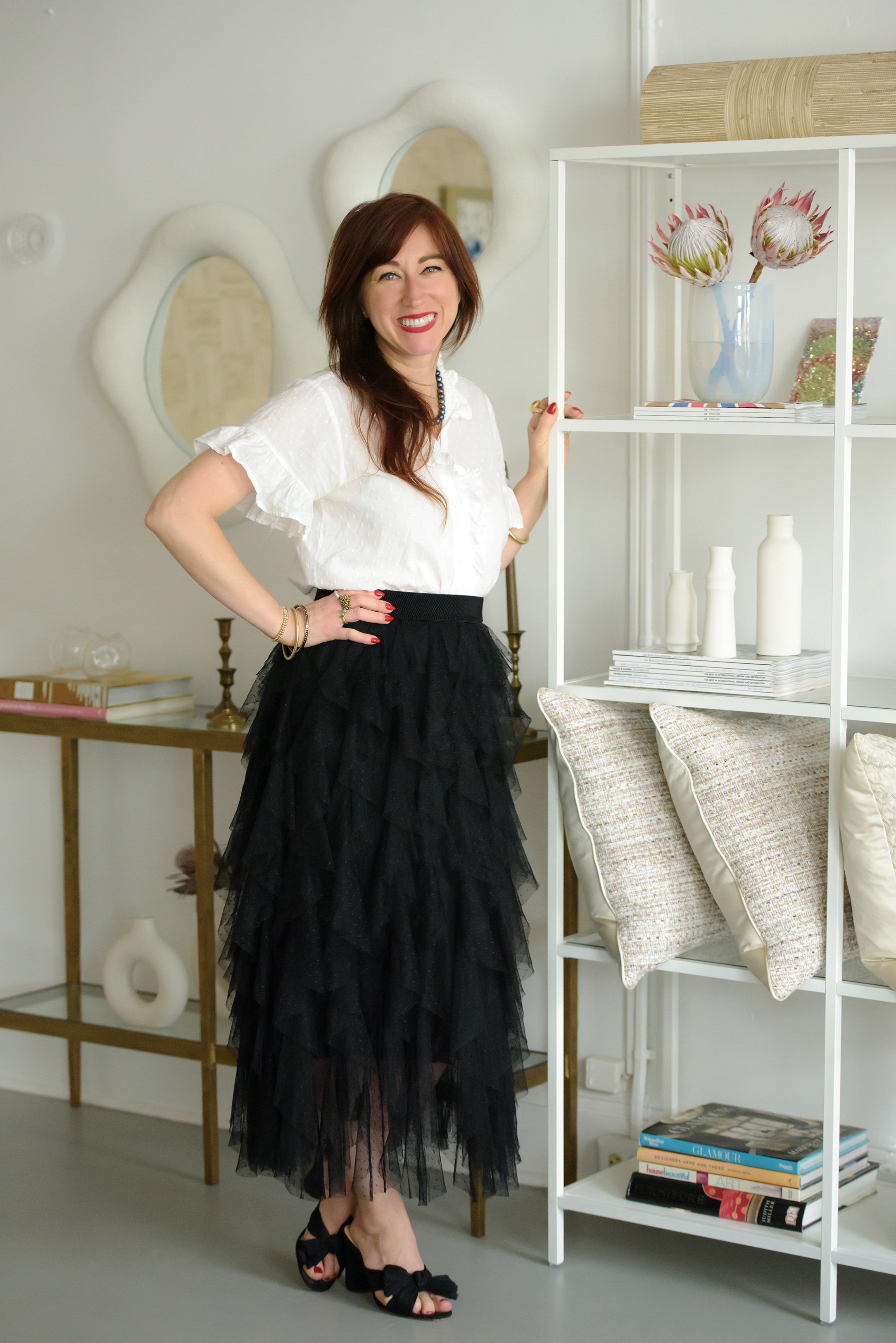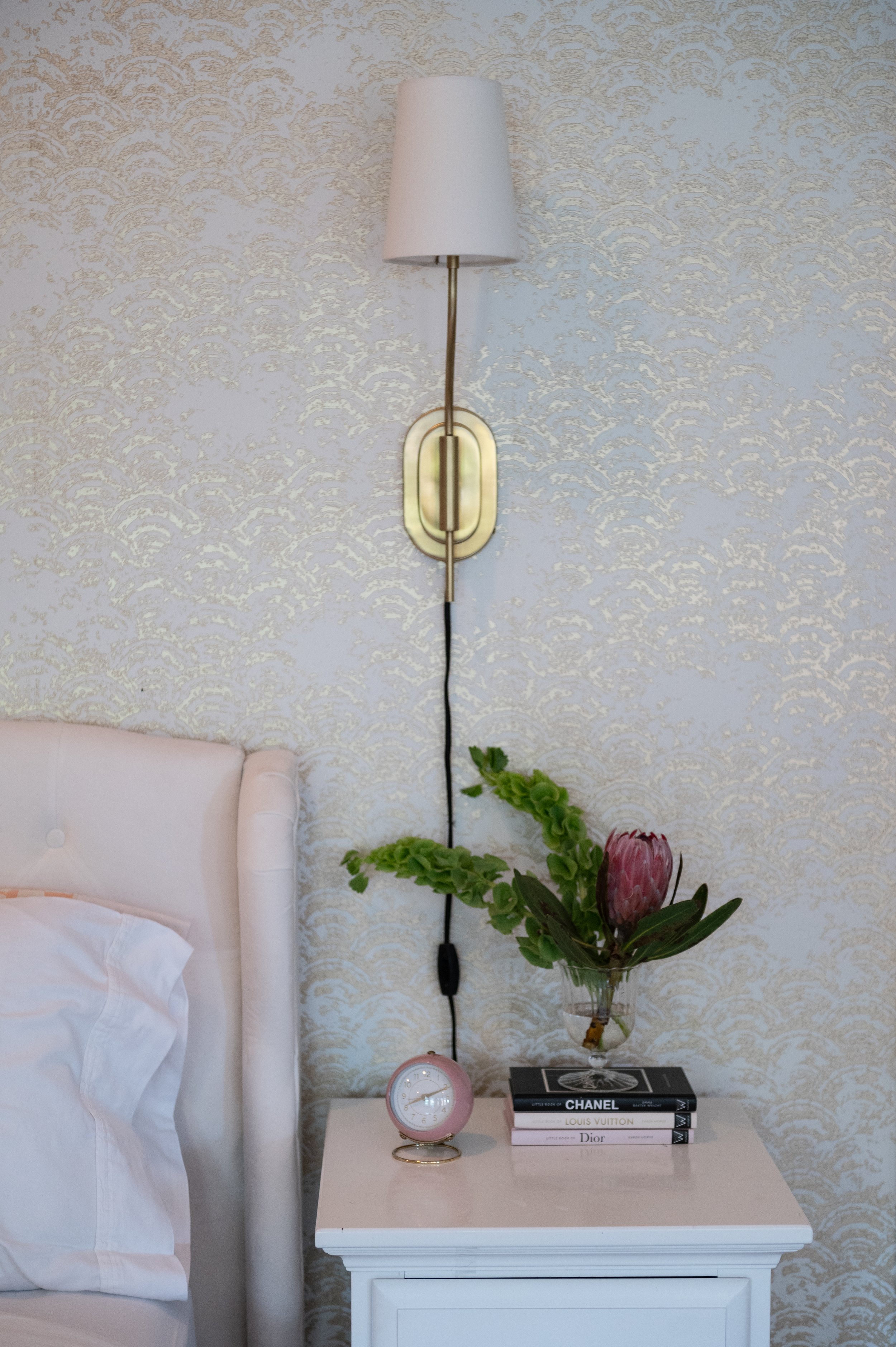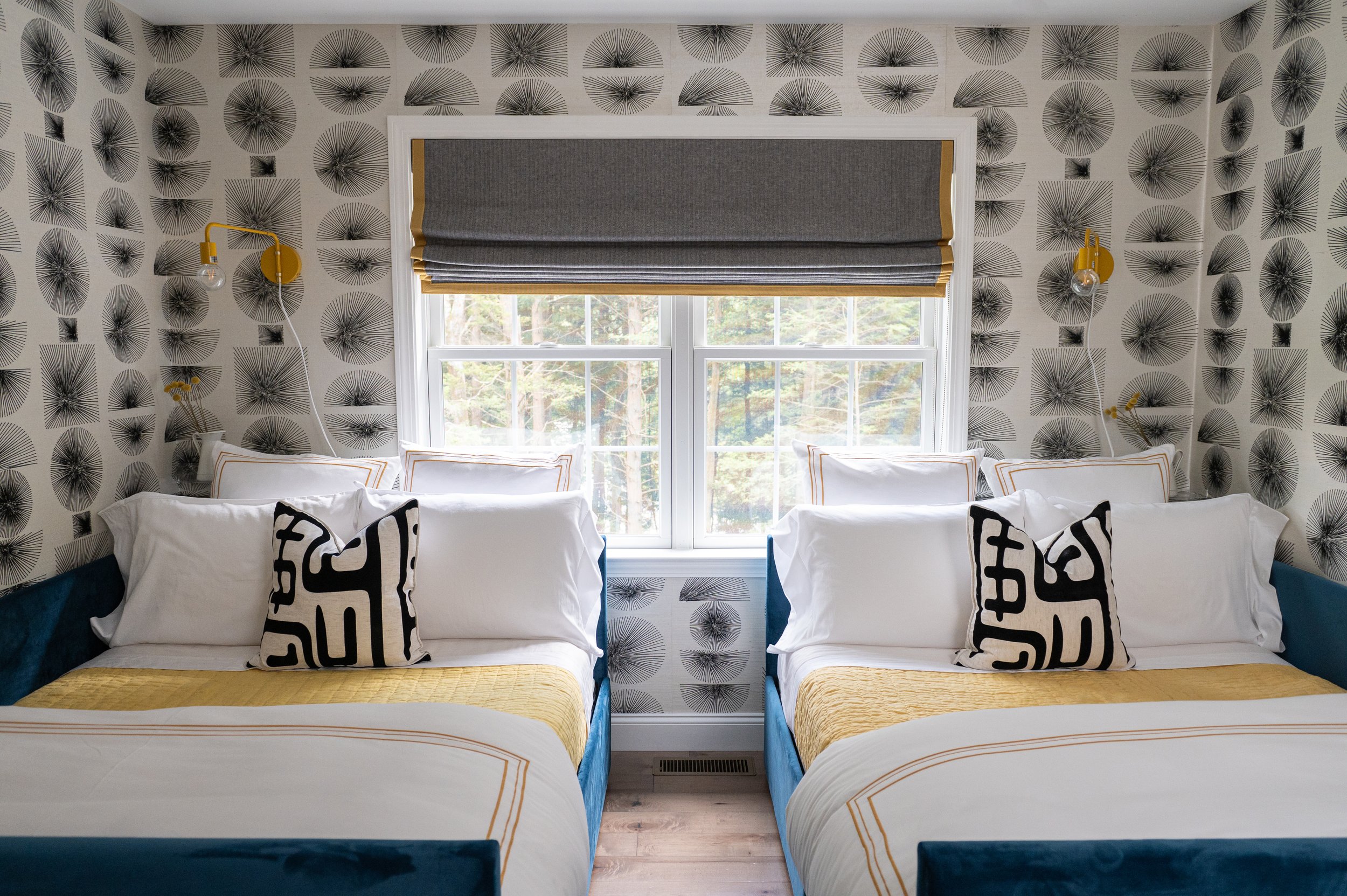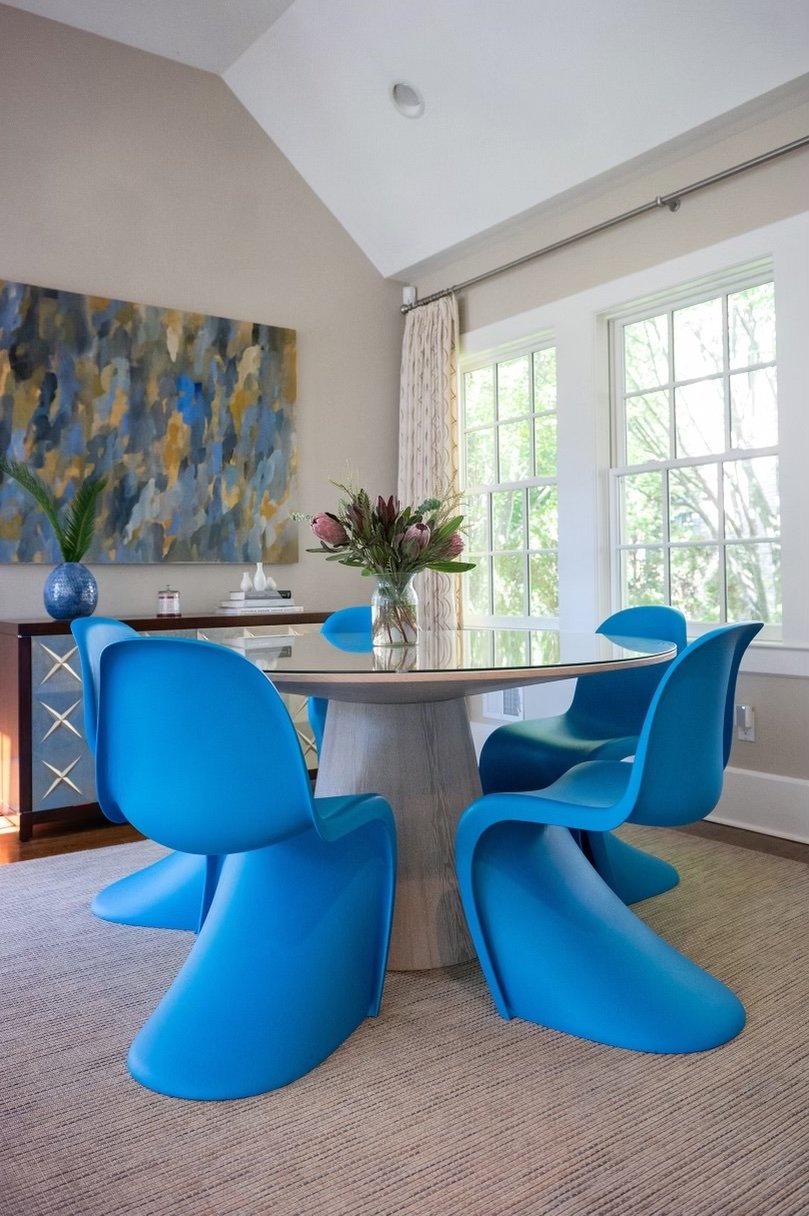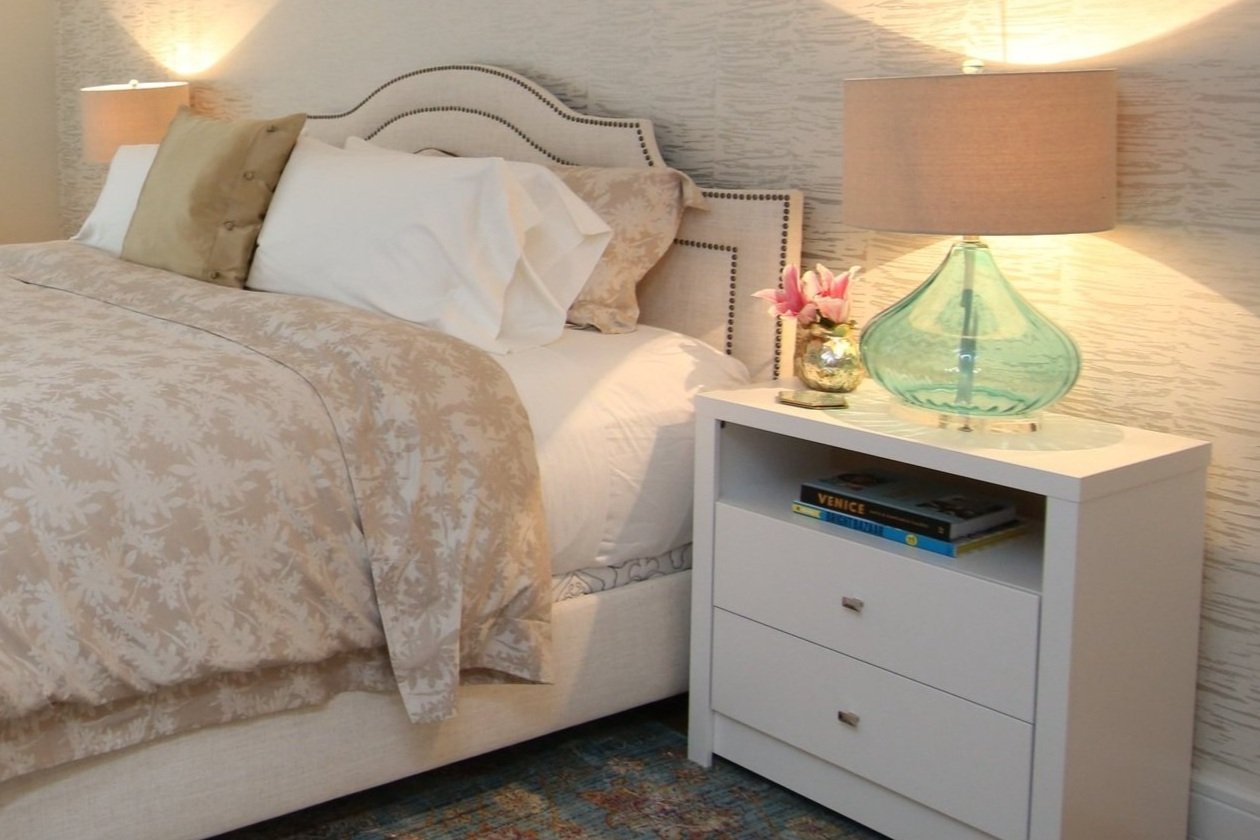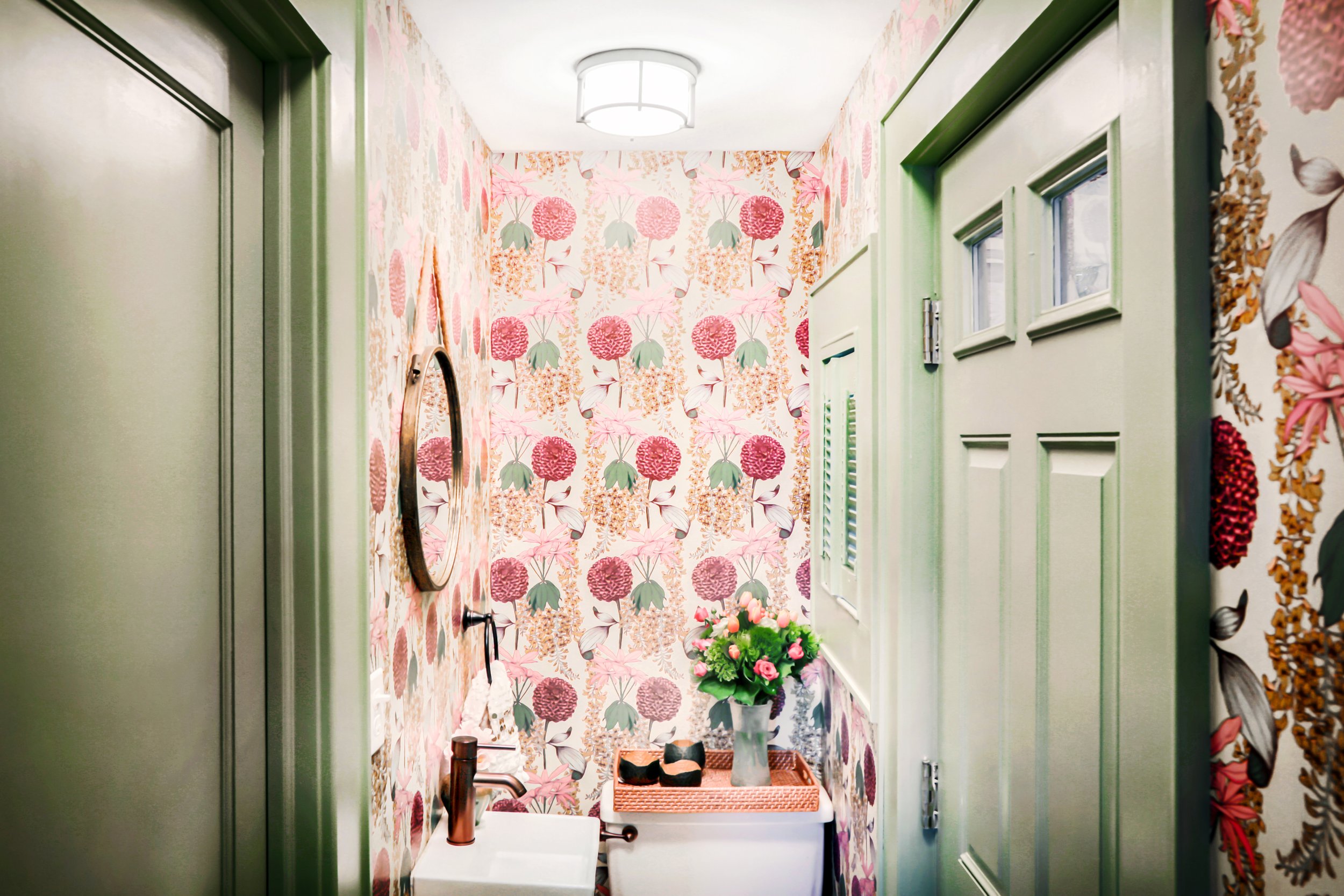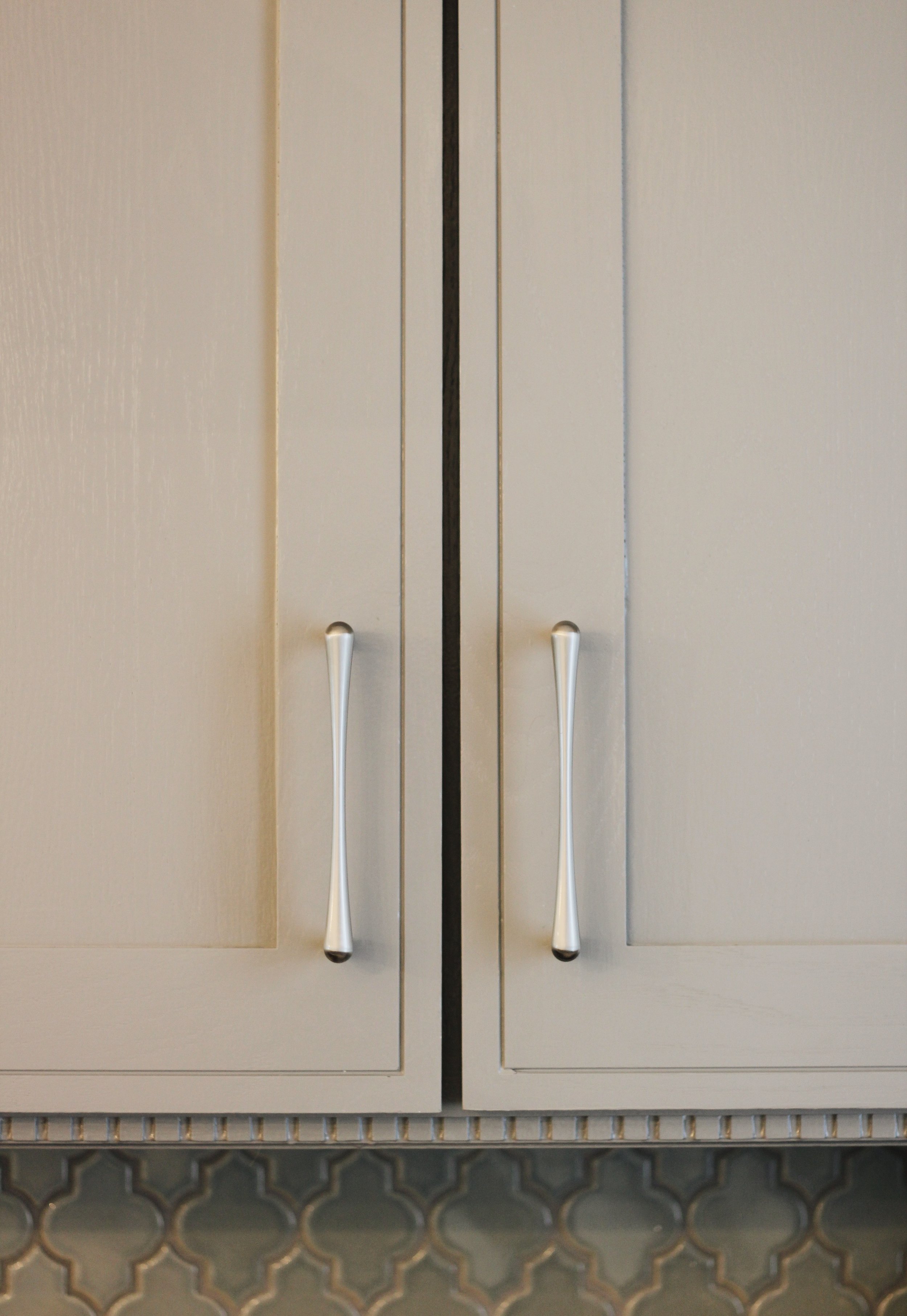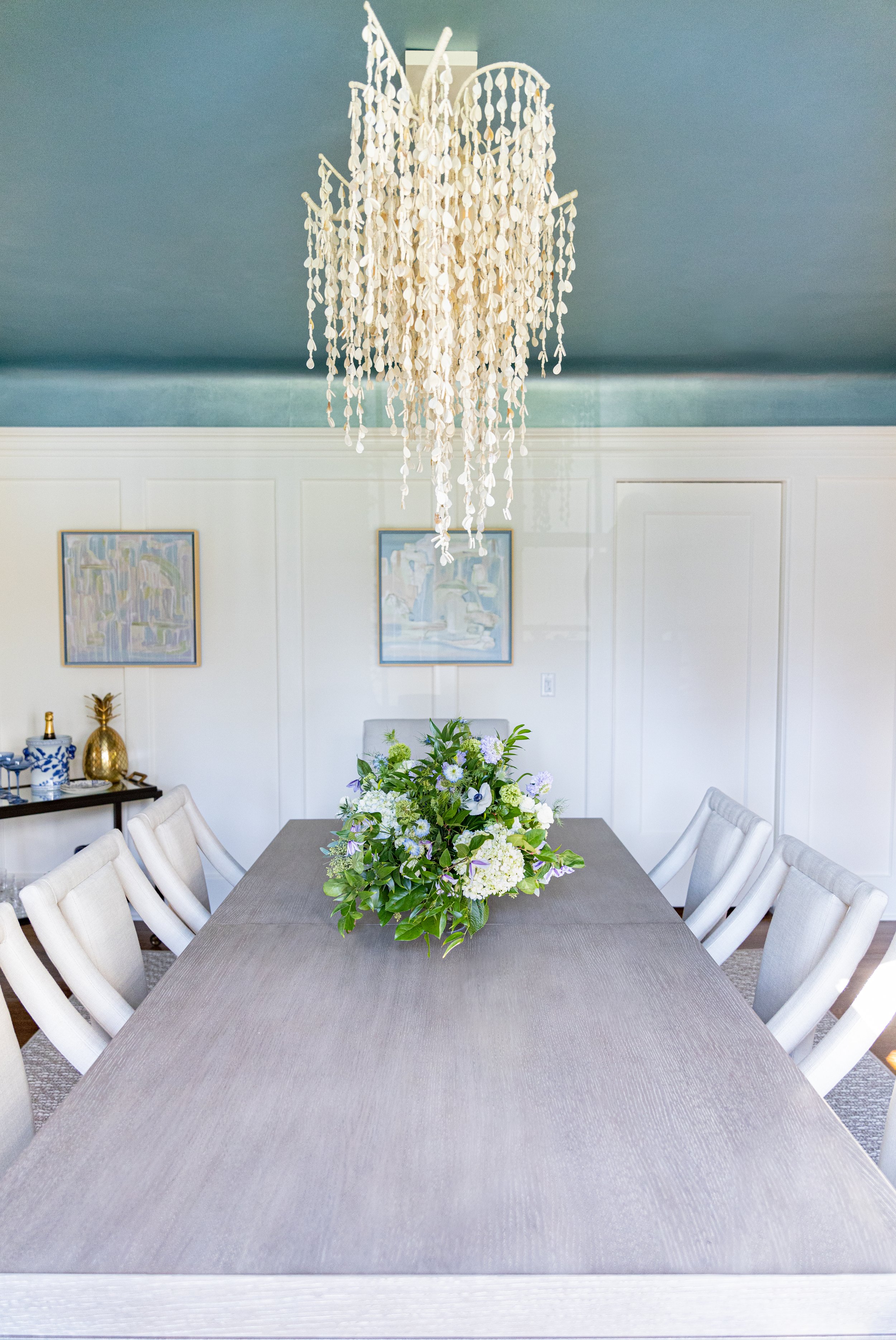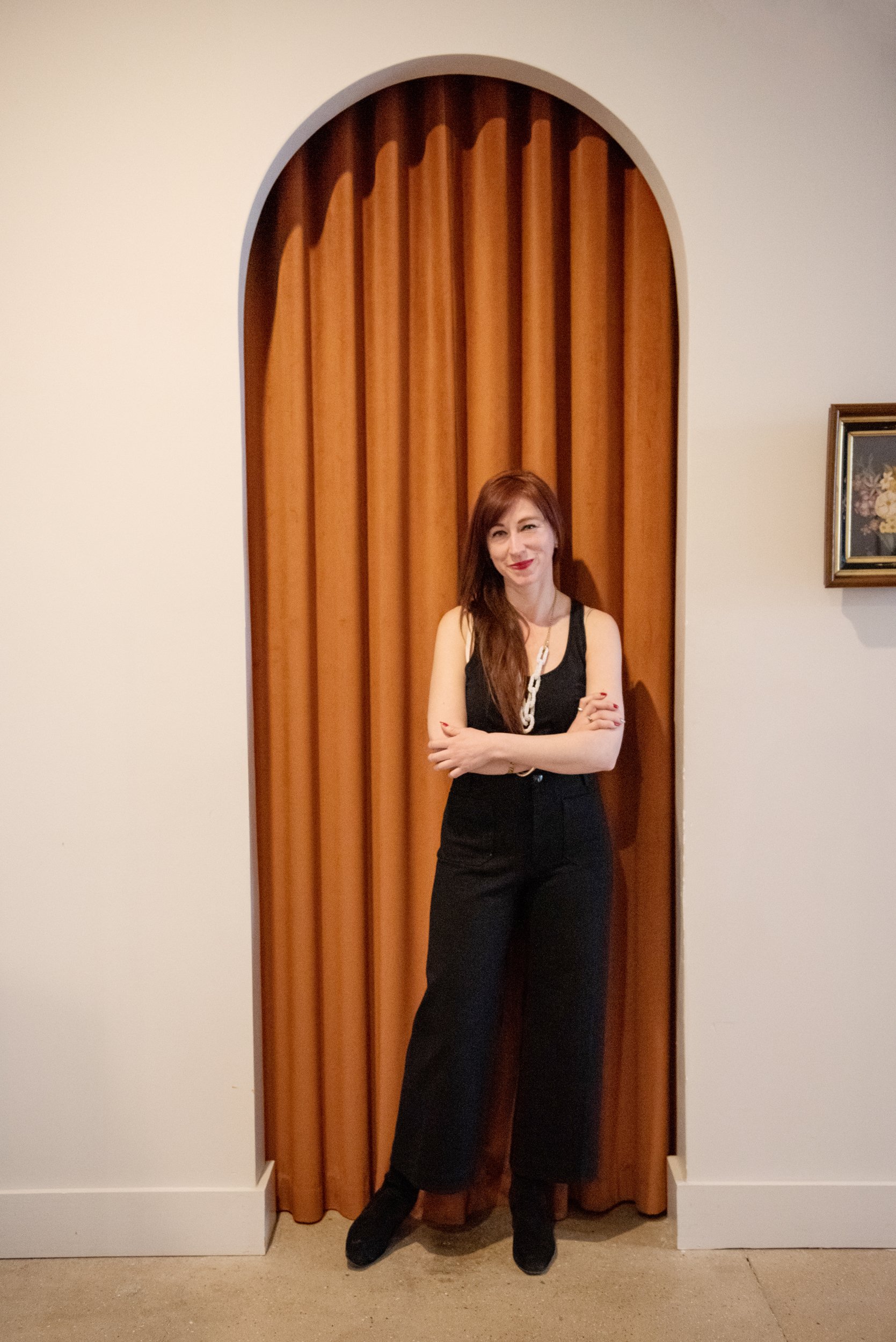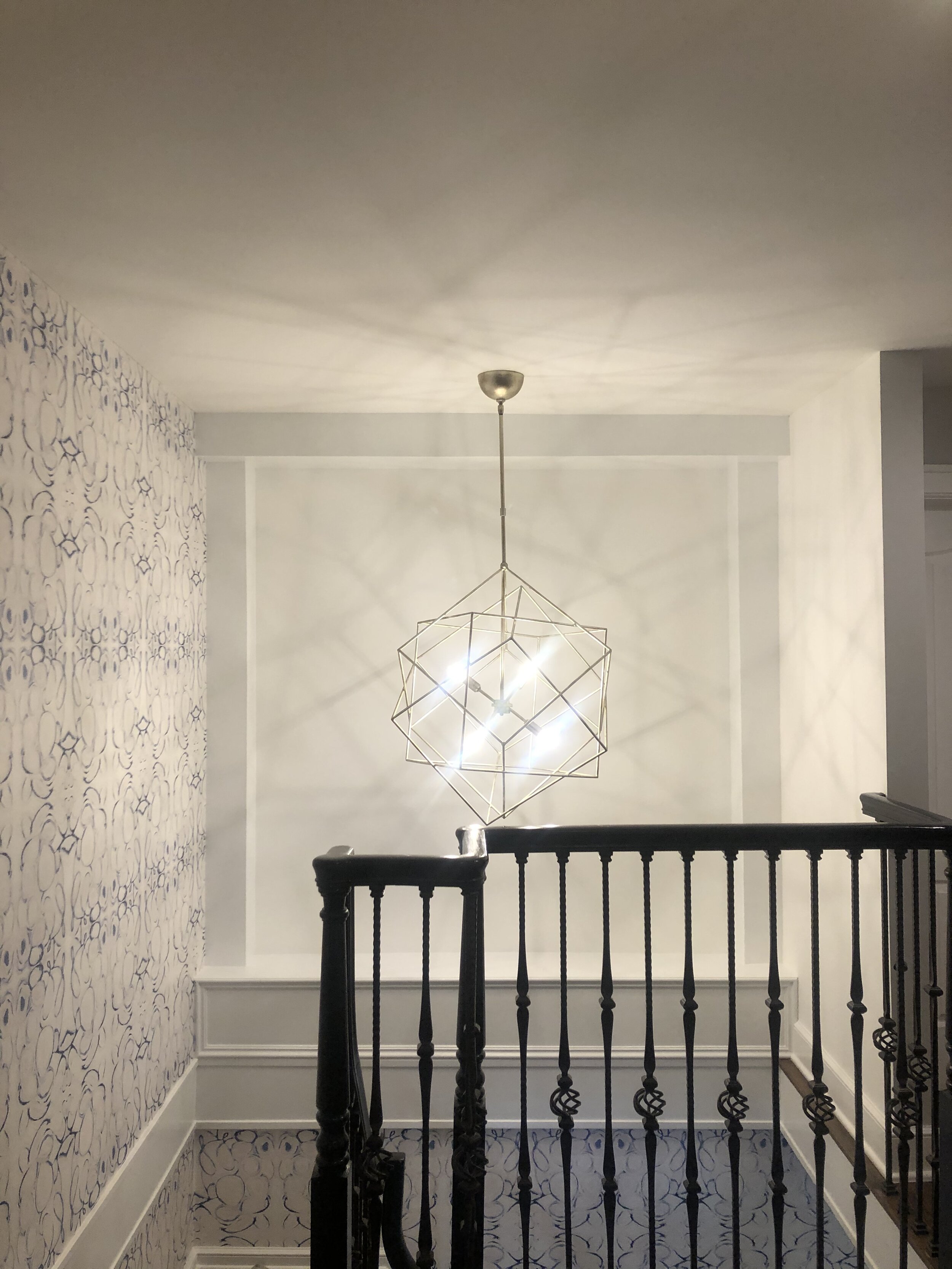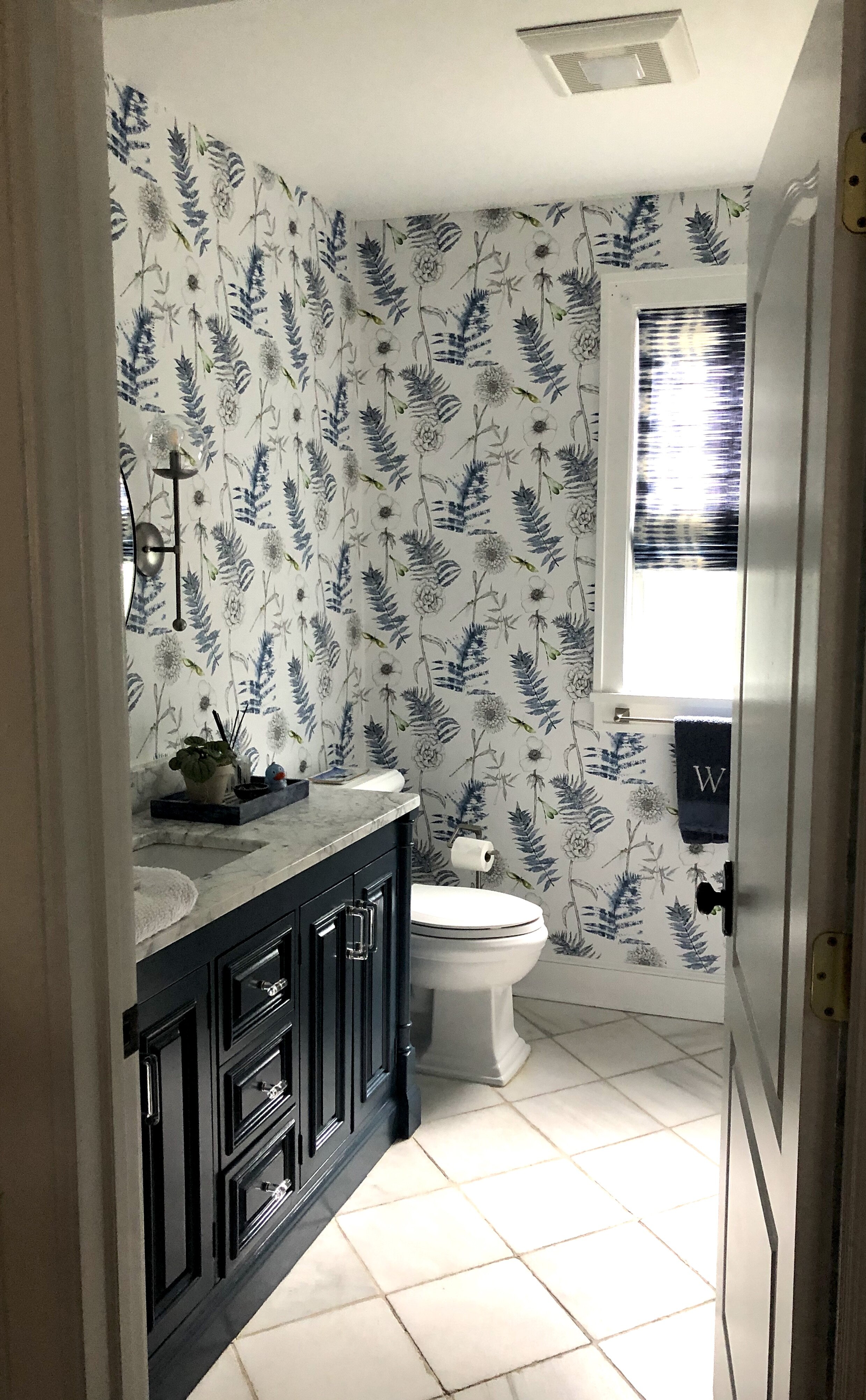Rugs:
As a busy New Jersey interior designer, we have a roster of high-end, dependable vendors to source from and prefer a one-stop shop over running to multiple vendors in the NJ area. For area rugs and wall-to-wall carpeting alike, we use J and S by Stark in Morristown, NJ who offers everything from hand-made area rugs in every style and color from around the world ready to purchase off the floor, to many custom lines, both modern and traditional. For a more intimate shopping experience Ampersand Interiors in Upper Montclair, NJ has a high-end beautifully curated offering of area rugs made to order in any size and color, and high-end broadloom as well. Their offering of Scandinavian and Turkish made rugs are unlike any we have seen, and a true treat to visit the store to see whats new. The Rug Co in Fairfield, NJ is also an excellent area rug and broadloom vendor, wheres their customer service is excellent and they are quick to respond, going the extra mile to try to source exactly what you are looking for if they do not have it in their showroom, likewise with meeting your budgetary needs.
Fabric:
While the fabric vendors we use are all to the trade, some vendors will sell to consumers direction charging retail prices. J and S by Stark in Morristown, NJ has a large selection of to-the-trade fabrics from a variety of fabric companies we know and love. If you are not working with a New Jersey interior designer like our firm, you can ask if you can buy the fabrics you see and love through them. Calico is another vendor who sells to the public, as well as Ethan Allen. We started and built our company in New York City a decade ago and know and love our NYC-based vendors just as much as our New Jersey ones where our interior design office currently resides. The reps at Kravet at 200 Lexington ave in NYC have taken great care of us the last decade and have one of the widest selections of fabrics anywhere, offering transitional brocades and toile, to the ever popular boucle, and colorful indoor/outdoor fabrics that we use 75% for clients with kids and pets. It is truly a one stop shop not stopping with fabric, where we get everything from window treatment fabrics, upholstery fabric, wall papers, to even rug selections.
Furniture:
White House Lux in Wayne, NJ has taken great care of us over the years, who offers high-end customizable furniture lines like LEE Industries, and Century Furniture, and also has a wonderfully vast fabric library. We try them first for our upholstery needs including sofas and armchairs, or the ever-popular swivel chairs we do so many of, and what is special about them is they have access to countless vendors who we previously only knew through the New York Design centers, wheres you can skip a trip to Nyc buying through them. Their customer service has located tough wood and material samples for us for case goods like coffee tables and even dining tables and chairs, a huge reason we use and trust them for our decreeing clientele. Another wonderful resource is Schwartz Design Showroom who is similar to White House who are colleagues know and love.
Accessories:
Shopping local and supporting local businesses is very important to my company, and Montclair just happens to have an excellent selection of home decor boutiques that are all unique and offer something special, where we are sure to find something to finish a project. Ampersand Interiors in Upper Montclair, as mentioned above, is our go-to shop for unique hand-made ceramics, throws and throw pillows, and even gifts and hand poured candles, helping create the most beautiful vignettes in our clients homes. The owner Polly has an exceptional eye and works hard to bring one of a kind pieces to her shop, and is a Farrow and Ball paint stockist to boot, where our contractors and I order all of our Farrow and Ball paints and wallpapers from.
Howell, also located in Upper Montclair, is our go-to for unique, globally sourced items like colorful wool blankets, plant and floral-inspired serving trays, and beautifully unique glassware. They also started offering the ever-popular Formob French cafe-style outdoor furniture. Between these 2 shops, within just 1 block of each other, we are able to find so much for client projects.
Window Treatments:
Alex Upholstery in Verona, NJ is our go-to for window treatments whereas we do mainly flat roman shades and drapery panels to create warm, add a softening element, and to finish a room. Romans work for almost any room from a powder room and kitchens, adding the finishing touch and look more finished than traditional roller shades or blinds. While we are both hyper-local and dedicated to helping give business to other small businesses, The Shade Store in Montclair and surrounding towns can also be a great resource as they sell most types of window coverings including solar shades, roman shades and drapery panels.
There are some rooms where motorized solar shades are the best option like sunrooms for example, where we would use Lutron brand shades sold through DVT in Paramus, NJ, for their quality and versatility, and can be programmed to your phone or remote, either battery operated or hard wired. DVT while being on the high-end price wise, is reliable, quick to respond, and thorough from start to finish from ordering to installing Lutron-brand shades.
Lighting:
Circa Lighting at 200 Lexington Ave in New York is a one-stop shop for lighting for all areas of the home. We use sconces generously in our projects as well as chandeliers and ceiling fixtures over recessed lighting, and they carry one of the widest ranges of lighting spanning every style from traditional to super modern, glam to understated elegance. We buy table lamps to finish a room, and use them for their vast selection and various price-points as well as their countless in stock options, so our contractors arent ever waiting for the lighting to arrive. Other places we like to source light fixtures in New Jersey are West Essex Lighting Studio, Capitol Lighting and even vendors at the Short Hills Mall like RH and Crate and Barrel.
Paint:
As we love supporting local businesses, combined with the fact that we have such great vendors who are both kind and helpful, while having a vast knowledge of the projects they sell. Red Star Paint on Bloomfield Ave in Montclair is where we go for both Benjamin Moore paint samples and paint when ready to purchase. For Farrow and Ball colors which is the other paint brand we use, we order from Ampersand Interiors in Upper Montclair, NJ who can get any color within a few days.










